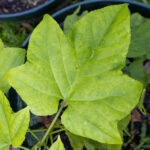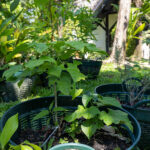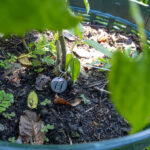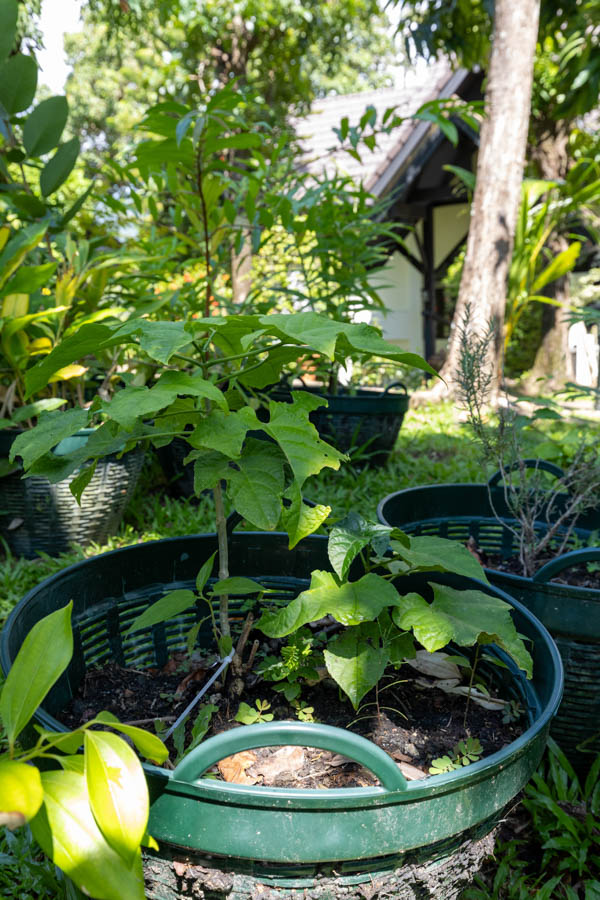ปอทะเล (Por Thale) / Portia Tree
Family: Malvaceae
Thespesia populnea, known in Thai as ปอทะเล (Por Thale), is a small to medium-sized evergreen tree native to tropical coastal regions. It is admired for its resilience to salt spray and its healing properties. In Thai traditional medicine, nearly all parts of the tree are used to treat wounds, skin infections, and inflammation.
Botanical Characteristics
The tree typically grows 5–10 meters tall with smooth gray bark and large, glossy, heart-shaped leaves. Its yellow, hibiscus-like flowers with a dark red center bloom throughout the year. The wood is strong and resistant to seawater, making it a favored coastal species for protection and reforestation.
Use in Thai Traditional Medicine
The bark, leaves, and fruit are used to treat wounds, ulcers, and skin diseases. Bark decoctions are applied as antiseptics, while leaf poultices help reduce inflammation and soothe burns. The fruit is sometimes used in herbal preparations for stomach ailments and fevers.
Medicinal Compounds
Contains flavonoids, tannins, and sesquiterpenes that provide antioxidant, antimicrobial, and anti-inflammatory effects. Studies indicate potential for use in treating chronic skin conditions and accelerating wound healing.
Culinary and Practical Uses
Although not a food plant, ปอทะเล is valued in rural Thai communities for its multipurpose use — its bark yields a natural fiber, and the wood is used for carving and construction. It also serves as an ornamental and protective tree in coastal gardens.
Cultivation Notes
Thespesia populnea thrives in full sunlight, sandy or loamy soil, and humid tropical climates. It tolerates salt and drought well, making it ideal for coastal planting. Regular pruning encourages shape and leaf density, especially in young plants.
Disclaimer: This information is provided for educational and historical purposes only. It is not intended as medical advice. Always consult a qualified healthcare professional before using any herbal preparation.




